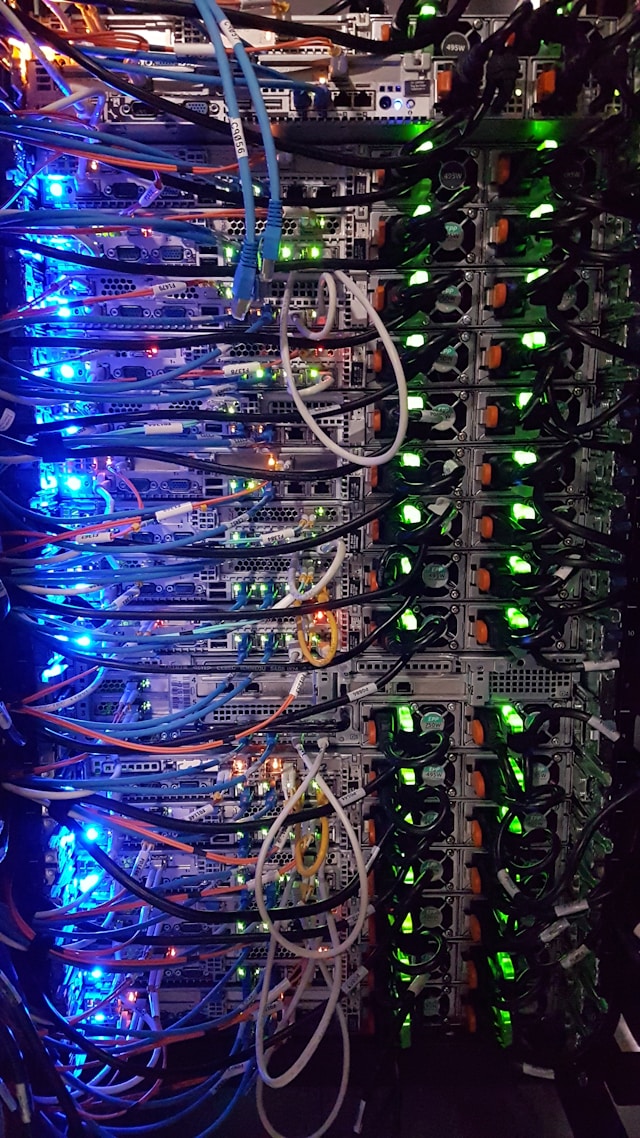
The U.S. is entering an unprecedented boom in digital infrastructure, with the data center construction sector projected to expand from $17.01 billion in 2024 to $28.95 billion by 2033, according to a new report from Research and Markets. The industry is forecast to grow at a 6.09% CAGR, supported by cloud migration, enterprise digital transformation, and a surge in AI-driven workloads requiring high-capacity, scalable facilities.

Businesses, government agencies, and global enterprises continue to invest in next-generation data processing centers capable of managing massive data traffic. The report highlights a rapid buildup of advanced IT capacity as companies require high-density, energy-efficient infrastructure to support AI, machine learning, big data analytics, and the Internet of Things (IoT).
The strongest regional markets—California, Texas, New York, and Florida—are emerging as strategic hubs thanks to established digital ecosystems, energy availability, and policy support for technology expansion.
The market is being reshaped by rapidly increasing adoption of edge computing, which drives demand for smaller, decentralized facilities located near end users to reduce latency and improve real-time performance.
Hyperscale cloud providers—Google Cloud, Microsoft Azure, Amazon Web Services—are expanding capacity with advanced cooling solutions and high-power densities to support AI workloads. Notably, OpenAI, SoftBank, and Oracle launched a joint venture in January 2025 aiming to invest $100 billion into AI infrastructure, with a potential expansion to $500 billion by the end of Trump’s second term. A signature initiative, dubbed Stargate, includes ten massive 500,000-square-foot data centers, one already underway in Abilene, Texas.
As operators contend with rising power consumption and carbon footprints, the industry is rapidly adopting:
Green construction trends are reinforced by favorable policies, tax incentives, and mandates encouraging energy-efficient facilities. In March 2025, Related Companies announced Related Digital, a new data center development arm focused on multi-gigawatt infrastructure across the U.S. and Canada.
Remote and hybrid work remains a core driver, with 68% of tech workers operating off-site and 22 million Americans (14% of the workforce) fully remote. Combined with record national data usage—U.S. wireless networks carried 100.1 trillion MB in 2023, an 89% increase since 2021—the need for scalable, secure processing centers continues to intensify.

The report warns that high capital requirements remain a major barrier to new entrants. Costs include:
Smaller operators often struggle to compete with hyperscale players who have stronger access to financing and long-term capital.
Additionally, developers must navigate stringent compliance requirements around data privacy, environmental impact, zoning, cooling standards, and power use, with states like California enforcing particularly strict efficiency mandates. This complexity increases costs and can delay project timelines.
Originally reported by Research and Markets in Yahoo Finance.